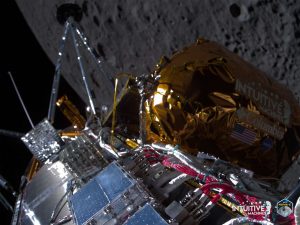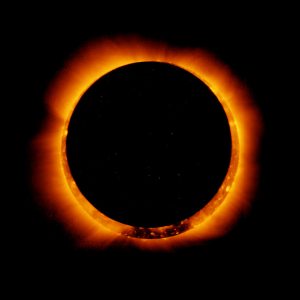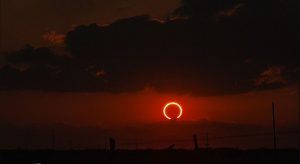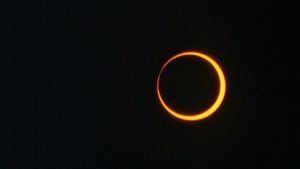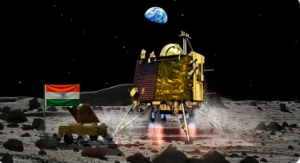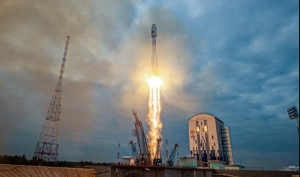The first solar eclipse of the year will occur on the final day of April. On April 30, there will be a partial solar eclipse that will continue for more than four hours. While India will not be able to see the solar eclipse, nations that can may do so between 12:15 p.m. IST and 2:11 p.m. IST on Saturday.
The eclipse will be visible over sections of South America, including Chile, Argentina, most of Uruguay, western Paraguay, southern Bolivia, southeastern Peru, and a tiny amount of southwestern Brazil, according to NASA.
Also Read | Partial Solar Eclipse 2022: What is it and how to watch it?
The eclipse will also be visible in sections of Antarctica, the Atlantic Ocean close off the southeastern coast of South America, including the Falkland Islands, as well as the South Pacific and the Southern Ocean.
When the Moon crosses between Earth and the Sun, it causes a solar eclipse. Because the forthcoming solar eclipse will be partial, the Moon will partially conceal the Sun as seen from Earth. According to NASA, the Moon will cover about 66% of the Sun during this eclipse.
Also Read | ‘Planet parade’: Venus, Mars, Jupiter and Saturn to align in straight line after 1000 years
Because the event cannot be seen from India, individuals who want to see it can do so via YouTube.
Also Read | Harvard scientist claims extraterrestrial object ‘crashed into Pacific Ocean’
The solar eclipse on April 30 will also coincide with another celestial occurrence — the month’s second new moon, often known as the Black Moon. The term “Black Moon” refers to the New Moon phase when the Moon is always “black.” It does not have a single definition.

